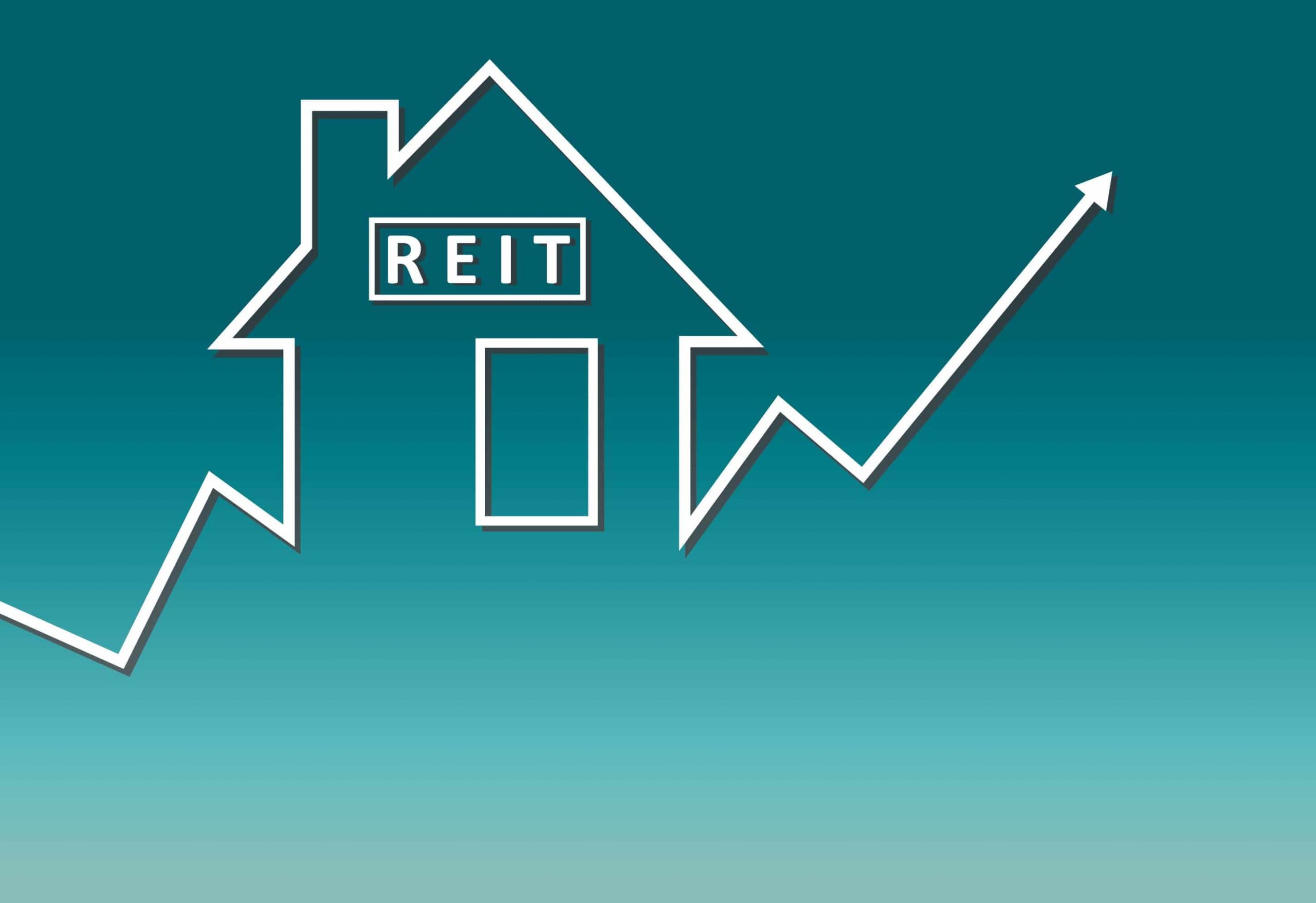Investing in real estate can be a great way to build wealth and generate passive income. There are two main ways to invest in real estate: directly or through real estate investment trusts (REITs).
Direct Real Estate Investing

Direct real estate investing involves buying a physical property, such as a house, apartment building, or commercial building. You can then rent out the property to generate income. Direct real estate investing can be a great way to build equity in a property and potentially generate significant profits from appreciation. However, it can also be a lot of work, as you will be responsible for managing the property and dealing with tenants.
REITs are companies that own and manage real estate properties. They offer investors a way to invest in real estate without having to buy and manage a physical property themselves. REITs typically pay dividends to shareholders, and they can also appreciate in value over time. REITs can be a good option for investors who want to diversify their portfolio with real estate but do not want to deal with the hassle of owning and managing a physical property.
Which is Right for You?
The best way to invest in real estate depends on your individual circumstances and financial goals. If you are looking for a more hands-on approach and are willing to put in the work, direct real estate investing may be a good option for you. However, if you want a more passive investment and do not want to deal with the hassle of owning and managing a physical property, REITs may be a better choice.
Here is a table that summarizes the key differences between direct real estate investing and REITs:
| Feature | Direct Real Estate Investing | REITs |
|---|---|---|
| Ownership | You own the physical property | You own shares of a company that owns real estate |
| Management | You are responsible for managing the property | The REIT is responsible for managing the property |
| Income | You generate income from rent | You generate income from dividends |
| Appreciation | You can potentially profit from appreciation | You can potentially profit from appreciation in the value of the REIT’s shares |
| Liquidity | It can be difficult to sell a physical property quickly | REITs are typically more liquid than physical properties |
| Risk | Direct real estate investing can be risky | REITs are considered to be less risky than direct real estate investing |
Direct real estate investing involves purchasing physical properties for rental income, appreciation, or both. REITs, or real estate investment trusts, invest in real estate through various means but do not directly own properties. Understanding the advantages and drawbacks of each approach is crucial before investing.
Investing in real estate offers potential returns through rental income and appreciation. However, determining the best investment strategy depends on individual goals, risk tolerance, and financial circumstances. This article compares direct real estate investing with real estate investment trusts (REITs) to help investors make informed decisions.
Direct Real Estate Investing
Direct real estate investing involves purchasing physical properties, either residential or commercial, for rental income or appreciation.
- Advantages:
- Potential for higher returns due to direct ownership and appreciation
- Tax benefits, such as depreciation and mortgage interest deductions
- Control over property decisions and renovations
- Disadvantages:
- Significant upfront capital required
- Time-consuming and labor-intensive management
- Potential for negative cash flow or vacancy periods
- Limited diversification compared to REITs
REITs
REITs are investment trusts that invest in real estate assets, such as commercial properties, mortgages, or loans. Unlike direct real estate investing, REITs do not own individual properties but distribute income from their investments to shareholders.
- Advantages:
- High dividend yields, providing regular income
- Low minimum investment compared to direct real estate
- Diversification across multiple properties and asset classes
- Liquidity through stock market trading
- Disadvantages:
- Lower return potential compared to direct real estate investing
- No direct control over property management or renovations
- Fees and expenses associated with REIT management
Liquidity
- Direct Real Estate Investing: Less liquid. Requires finding a buyer for the property, which can take time and involve transaction costs.
- REITs: More liquid. Traded on stock exchanges, allowing investors to buy or sell shares quickly.
Tax Advantages
- Direct Real Estate Investing: Depreciation allows for tax deductions, reducing taxable income. Mortgage interest expenses are also tax-deductible.
- REITs: Generally provide lower tax advantages compared to direct real estate investing. However, dividends may be eligible for tax benefits under certain conditions.
Risk and Returns
- Direct Real Estate Investing: Higher potential returns but also higher risk due to potential for property damage, maintenance costs, or changes in market conditions.
- REITs: Lower potential returns but also lower risk due to diversification and professional management.
Conclusion
Choosing between direct real estate investing and REITs depends on individual goals and circumstances. Direct real estate investing offers the potential for higher returns and tax benefits but requires significant capital and effort. REITs provide lower risk, higher liquidity, and diversification but with lower return potential. Consulting a financial advisor can help investors make informed decisions based on their specific needs.








